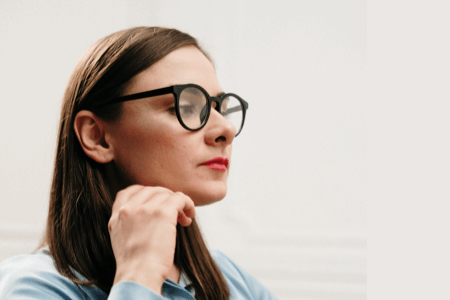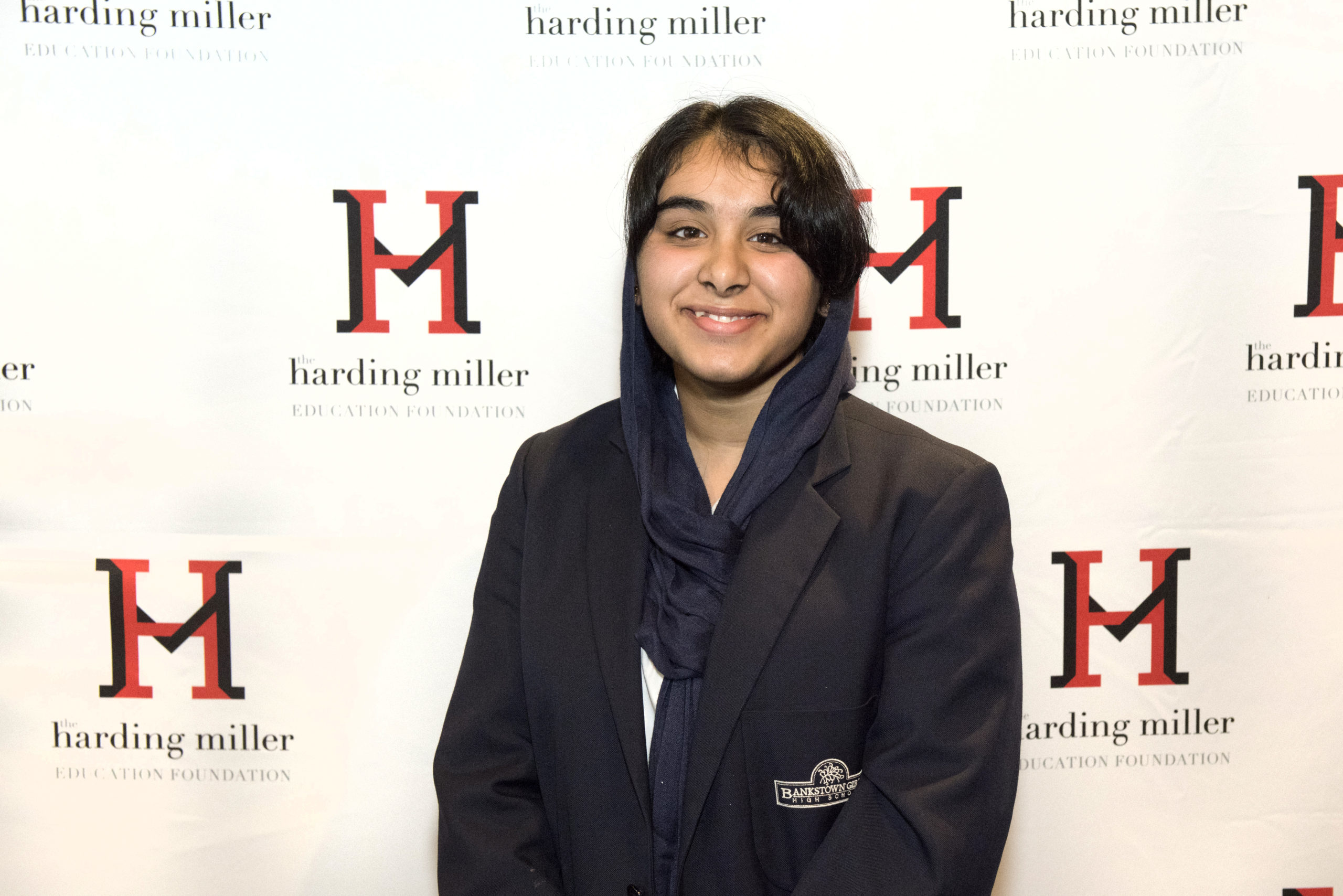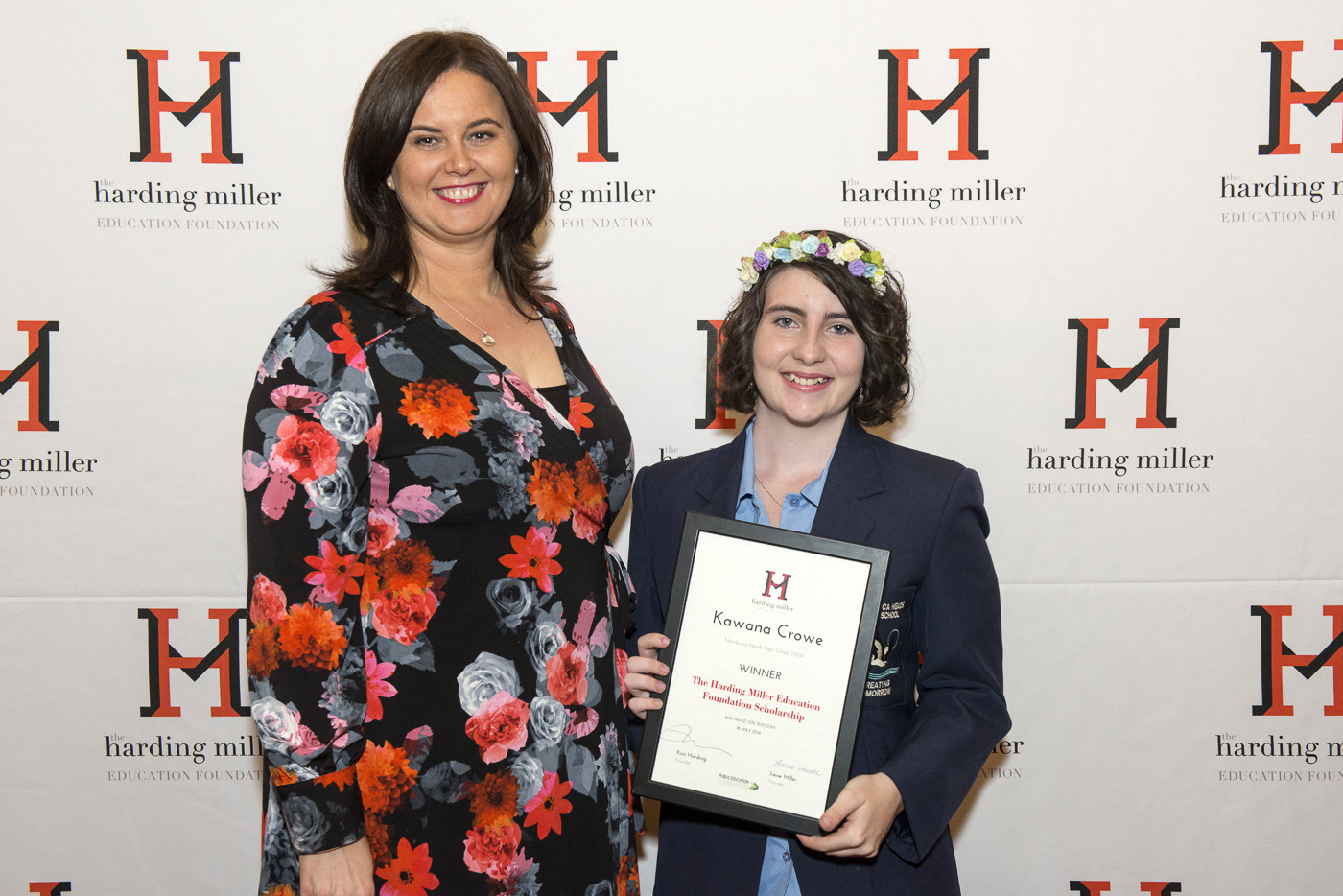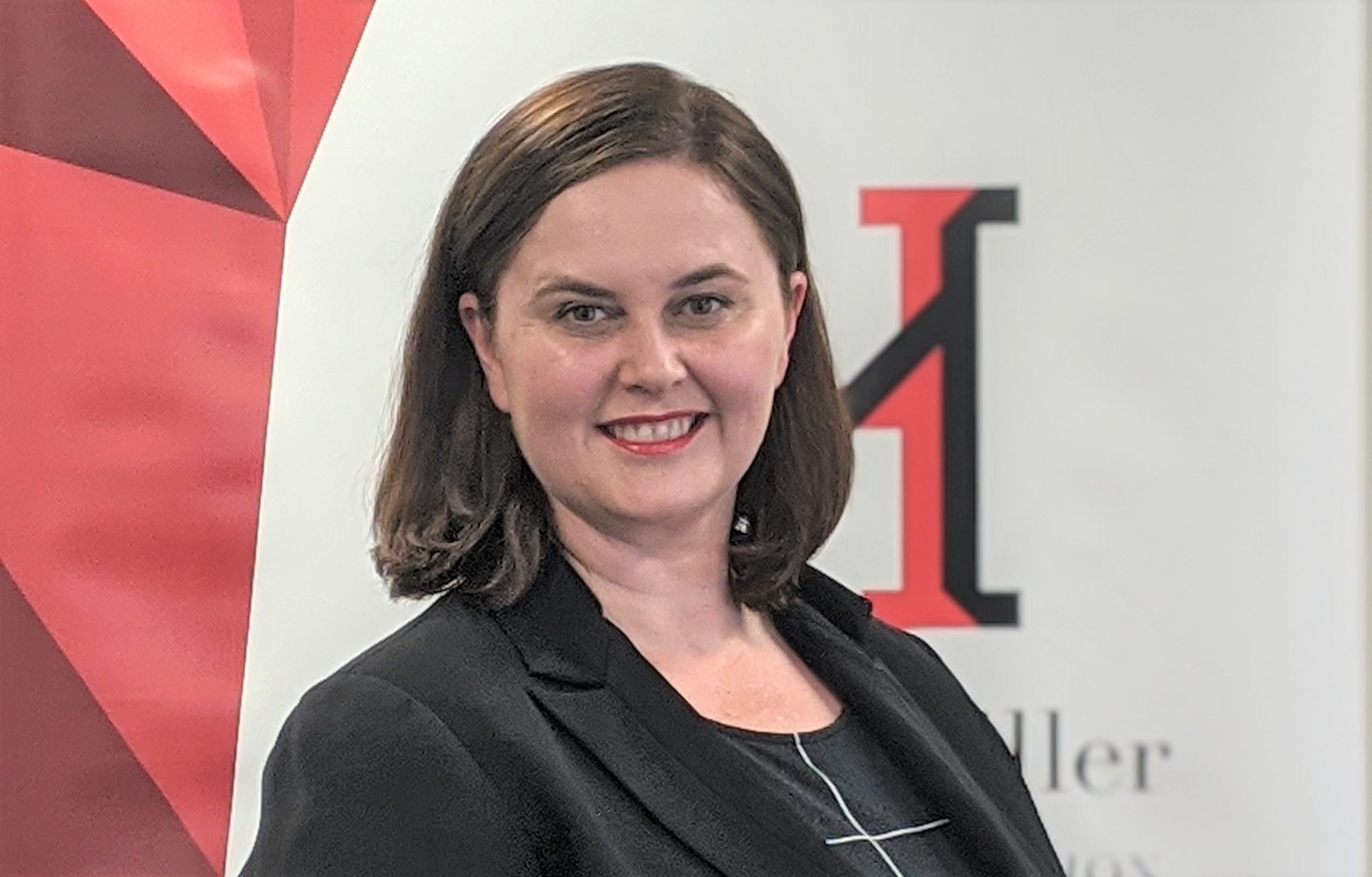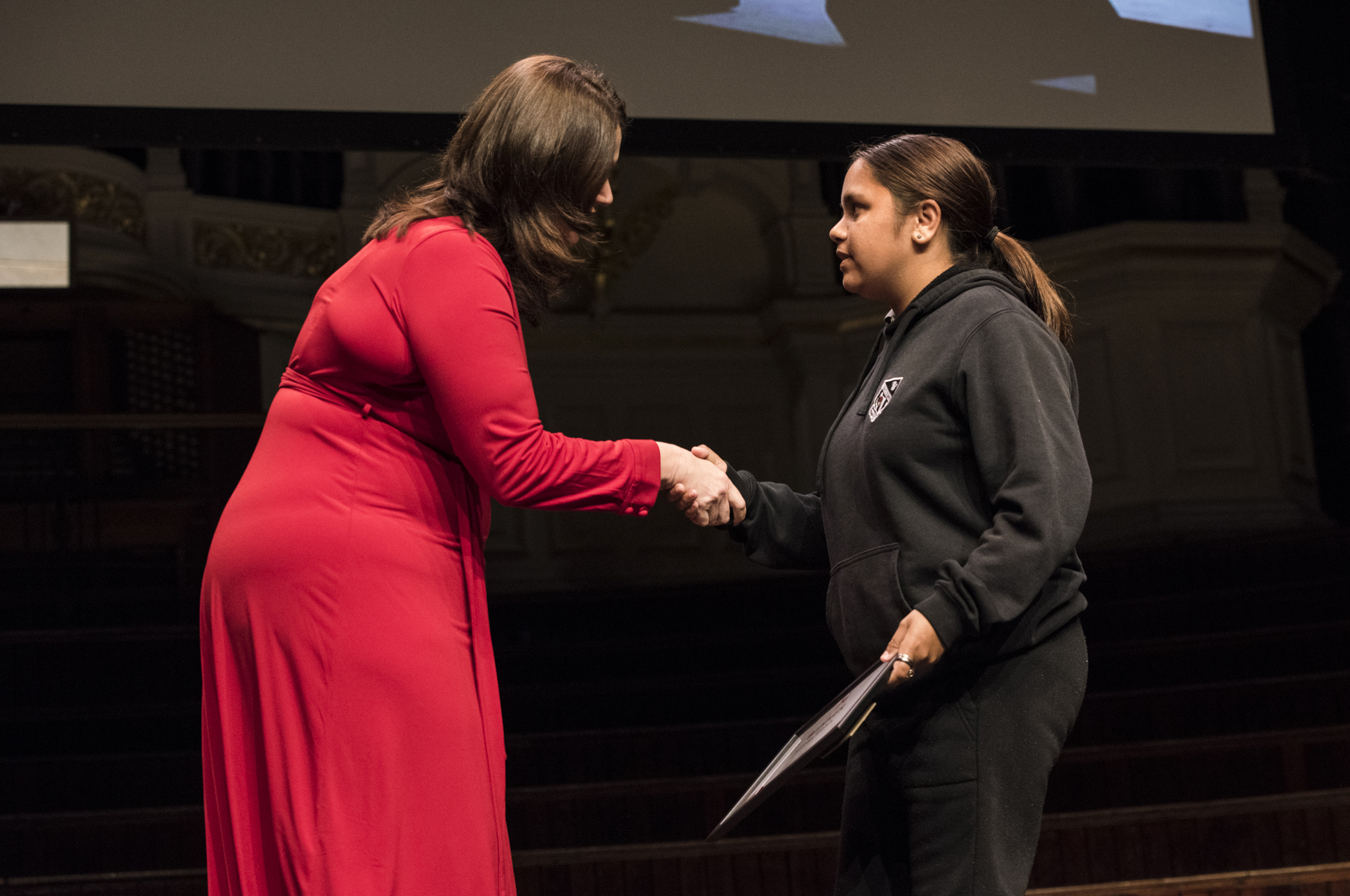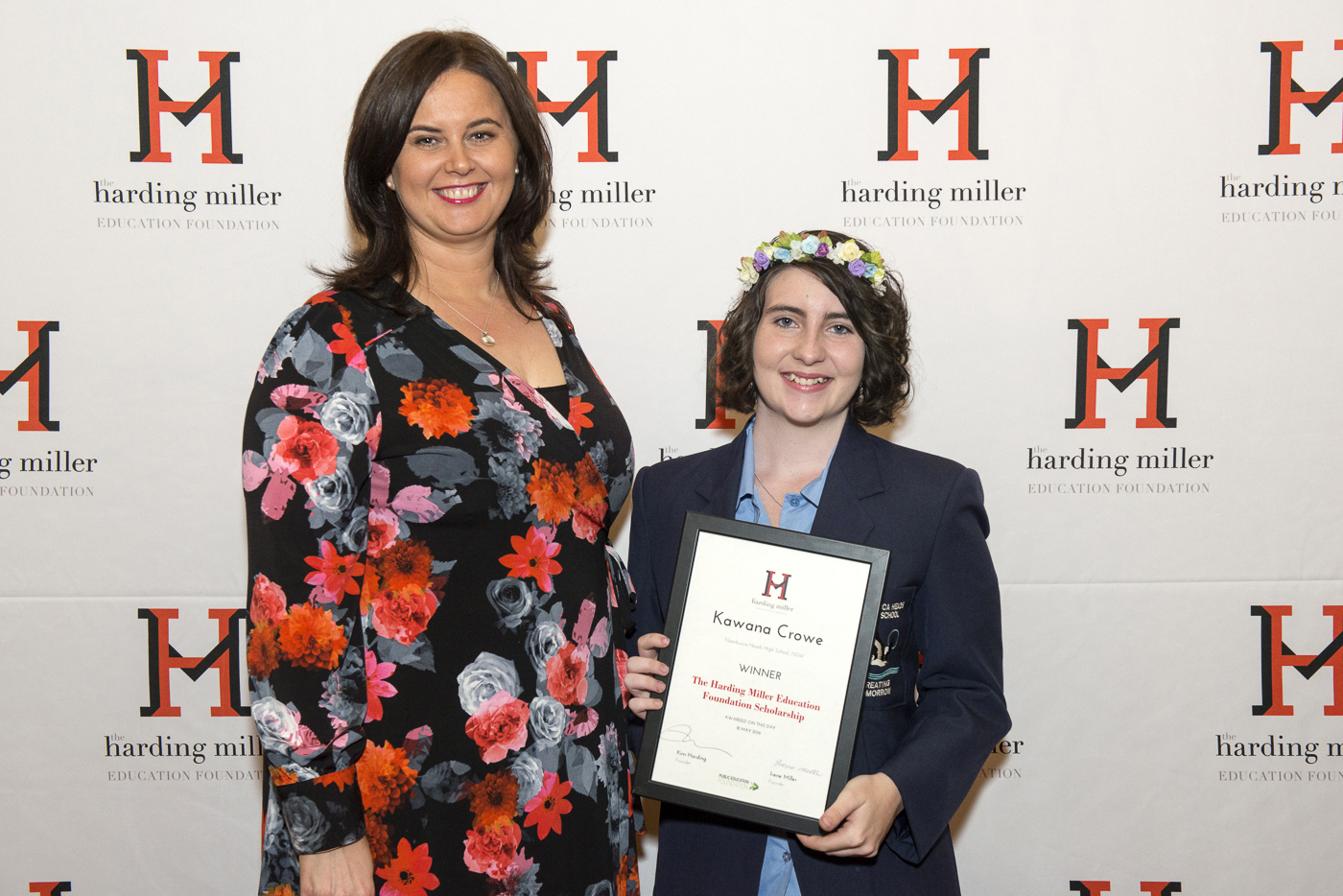What Everyone Should Know About Scholarships
Six Things Everyone Should Know About Scholarships
There’s no denying that scholarships for disadvantaged students change lives. You only have to read the inspiring stories of young women who received high school scholarships through the Harding Miller Education Foundation (HMEF) to understand the huge impact that they have on people’s lives.
The cost of attending high school and college for tertiary studies is often out of reach for some students. Even government-funded public schools that offer children a free education expect parents to pay for uniforms and ask for voluntary contributions for textbooks and excursions. It’s therefore not surprising that students from lower income households are missing out on a basic level of education.
When you consider that women are more likely to live in poverty than men, it’s girls who could benefit most from female scholarships to achieve their full potential.
However, not all female students and their families are aware that they may be eligible for scholarships or even understand what extra funding can do for them.
Here, we look at the basic things that everyone should know about scholarships.
1. Everyone Could Be Eligible for a Scholarship
It’s a common misconception that scholarships are only reserved for international students or those who excel at sports or have achieved the highest grades. In truth, if you’re from a disadvantaged home and show academic potential and the motivation to study, you could be entitled to a financial award.
There are plenty of scholarships for girl students to apply for. Many schools and colleges run their own scholarship programs, which must be applied for directly. But, there are also hundreds of Australian institutions that welcome applications from young female students looking for help gaining the education they deserve. For example: Students looking for support while gaining Vocational Education and Training (VET) qualifications could consider applying for the BUSY at Work program. If technology is your thing, the Australian Computer Society Foundation has awarded over 6,000 scholarships since its launch in 2001.
The Public Education Foundation offers a wide variety of scholarships focusing on specific areas of need, such as refugees, indigenous, rural and disabled students.
Don’t forget the HMEF scholarship program that offers grants to females in high school. Through our scholarships, we help girls experiencing socioeconomic disadvantage to improve their educational outcomes and achieve their career aspirations.
2. You Can Apply for More Than One Scholarship
You don’t have to restrict yourself by applying for just one scholarship. The reality is that you should not expect to win them all, so the more you apply for, the greater your chances of being accepted. Always read the criteria to ensure that you meet the requirements, and spend time on the application to make sure that you get it right. If you don’t try, you definitely won’t win a scholarship.
3. Don’t Apply for Everything
Many students make the mistake of applying for every scholarship they can find. Completing an application can be a long process, and it may take you hours to fill out an application form or write a submission essay. Completing excessive applications is not only frustrating, but it could be a waste of time, especially if you find yourself applying for programs that you’re not eligible for.
Restrict yourself to spending time on just four or five applications. For college and university scholarships, narrow down the search using a website like the Good Universities Guide. Fewer applications mean you can focus on each one to let your enthusiasm shine through in your submission.
4. Scholarships for Disadvantaged Students Pay for More Than Tuition Fees
Scholarships come in different shapes and sizes. Small monetary grants are useful for covering your school tuition fees. Midsize scholarships should also pay for uniforms and excursions. Full scholarships for students going to college or university also help to cover the costs of accommodation and living for the duration of your degree.
However, full scholarships for females in high school can help pay for so much more. For example, the HMEF scholarship is valued at $20,000 over four years to support disadvantaged girls from year nine through graduation. In the first year, students are given a laptop and high-speed internet access. For each of the four years, the program covers school expenses, uniforms, personal tutoring and unlimited online homework assistance.
For families who struggle to pay for their children to attend secondary school and college, these scholarships are invaluable.
5. Be Original and Creative in Your Application
Many scholarships require applicants to write an essay. As it can be difficult to stand out from the crowd, you need to grab the scholarship committee’s attention in the first few sentences. It’s vital that your essay is both creative and original.
Always answer the question being asked. There’s no need to mention the question. A well-written essay makes the answer clear without being obvious.
- Stay on track. It’s easy to veer off subject.
- Stick to answering the question.
- Think outside the box.
- Don’t be afraid to be creative in your essay. Unique ideas will help you stand out.
- Check for plagiarism. Using someone else’s work is unethical and will lead to your application being rejected.
- Make sure your essay is grammatically correct. Check your work for spelling mistakes and grammatical errors. Then, check it again!
6. Scholarships Change Lives
Scholarships are a lifeline for students who live in low-income households. They provide the financial and emotional support necessary to help students reach their educational potential.
As an Australian charity and public benevolent institution, HMEF strives to change the lives of young girls by giving them the opportunity to study without worrying about the financial burden. Meet our 2020 scholars who are set to receive the backing they need to realise their dreams.
How A Helping Hand Changed My Life
This is Hibba's story of hope
“How a helping hand changed my life”
This is my story.
As a young woman in my family – which was going through a breakdown – life was challenging. I lacked considerable funds to spend on school necessities due to both of my parents being unemployed. My sister and I were previously a victim of a society in Pakistan that criticised girls and their right to education and de-motivated us from gaining further education. Moreover, most of the limited family funds would go towards my grandparents and two brothers who required constant medications for physical and mental difficulties. This meant that my four siblings and I had to be more responsible and miss out on opportunities other students had access to.
According to the Malala Fund, an organisation run by Malala Yousafzai which aims to bring awareness to the social and economic factors that impact girls’ education, there are over 130 million girls worldwide who do have access to any form of education. Although Australia is more privileged, with equal rights to education available to males and females, there are still many barriers preventing girls and women from pursuing and completing their education, which in turn prevents women from feeling empowered in life. These barriers include the cost of school fees, extra activities, uniforms, books and access to technology, difficulty getting to school due to distance or lack of transportation, financial conditions, difficult family situations, having refugee status, or being a victim of situations like domestic violence and abuse.
Another big influence in stopping girls from being able to reach their full potential include factors such as gender discrimination, which label females as primary caretakers that do not carry the responsibility to earn money. This shapes the values in our societies and influences people to pay special attention to men, enabling them greater status over women. Many women, especially in rural areas, have been denied the right to education and have been subjected to very degrading practices and responsibilities.
What Is A Gender Analysis?
What Is A Gender Analysis?
There is clear evidence of the link between educating women and the alleviation of poverty in society.
When women and girls earn income, they reinvest 90% of it into their families, compared with 30-40% for a man.
Girls face many barriers to getting an education that boys do not. Some of these include pregnancy, domestic and care responsibilities, and perceptions that education of girls is less valuable than education of boys.
Educating women results in strong economies, reduced poverty for children and families and will have a significant impact in reducing the gender gap and elevating women to an equal status of men in society.
Click here to learn about the United Nations Sustainable Development Goals that HMEF support.
Watch the below video to learn how HMEF supports girls.
Acute Economic Disadvantage: Who It Affects And How?
Acute Economic Disadvantage: Who It Affects And How?
“Despite Australia’s continuous growth in the past few decades, 3 million people are still economically disadvantaged“
Of these, 739,000 are children. The Productivity Commission defines disadvantage as a multidimensional concept that goes beyond low income and also includes lack of opportunities as well as social exclusion. This is particularly important for disadvantaged females whose education and employability can oftentimes be overlooked at the expense of other, more immediate needs of the family, such as caring for other family members.
Acute economic disadvantage often means that girls don’t have the equipment and resources necessary to benefit from the same opportunities their peers from more privileged backgrounds enjoy. Deeply rooted disadvantage undermines the concept of meritocracy and equal opportunities. Without proper assistance, thousands of girls’ potential can remain unrealised.
Different Forms of Acute Economic Disadvantage
Financial destitution is the main and most obvious form of acute economic disadvantage. However, there are many other forms of disadvantages as well. Family violence or dysfunction, substance abuse and low academic achievement in parents or the child’s primary caregiver are other contributors to the disadvantage that can shape students’ worldviews and life opportunities.
Rational choice theory, for instance, shows that families who suffer from social inequality use different sets of parameters to measure the value of pursuing education. For example, disadvantaged and uneducated parents might reason that it would be better for their children to get a job as soon as possible in order to earn money as opposed to incurring additional costs by pursuing education. On the other hand, economically advantaged families may view education as a long-term investment. The prism through which the economically disadvantaged view education is different from the prism through which the privileged view it.
Certain groups, due to stigma and marginalisation, are also more likely to suffer from a socioeconomic disadvantage:
- Those identifying as Aboriginal or Torres Strait Islander
- Those identifying as a Pacific or South Wales Islander
- Students living in out of home care
- Those living with or having a family member with a disability
Members of marginalised groups are not only physically alienated by living in isolated communities, but the classroom itself can also feel unwelcoming by not representing their values, cultures and languages, which can further discourage school attendance and educational aspirations.
Additionally, geographic isolation and a lack of resources cause students to miss school simply because they have no means to get to the school premises. Likewise, the physical distance from peers leads disadvantaged children to follow in the footsteps of their parents, as they have less exposure to what life could look like outside of their immediate environment.
Girls are particularly vulnerable in this context as they can often assume the role of the primary caregivers for needy or sick family members and, if education is accessible, are oftentimes second in line after their male counterparts.
All of these factors have an impact on how students perceive themselves and on how society as a whole perceives the economically disadvantaged.
The Importance of Helping Economically Disadvantaged Girls
Removing economic disadvantage in students is not as easy as giving family money. Many of the side effects of long-term disadvantage are deeply ingrained in children, affecting their aspirations and belief that they can change their circumstances. Tackling disadvantage, therefore, requires a holistic approach that addresses the financial, emotional and psychological barriers disadvantaged students face.
Addressing economic disadvantage in girls and offering them support in their education is particularly important. A 2018 study done by Acoss and the University of New South Wales shows that the majority of people in Australia living in poverty are women. Many of these live as single-parent families where the risk for intergenerational poverty is heightened. Likewise, divorced women or women facing unemployment are more at risk of poverty than men, so offering strong educational foundations is paramount to protecting girls’ long-term livelihood.
Other than the increased vulnerability in women, supporting them in their educational aspirations is proven to have many positive knock-on effects, both on their personal life and society as a whole. Increased levels of education in girls can:
- Significantly reduce the likelihood of teenage pregnancies and, consequently, improve their employment opportunities and quality of life
- Significantly impact academic achievement in their children’s lives
- Reduce infant mortality rate
- Improve women’s independence and lifespan
Girls’ education is particularly important for addressing gender inequality and minimising the pay gap that exists in the workplace today. When disadvantaged women have less education than their more privileged counterparts, they face a limited skill set and, as a result, an even lower pay rate.
Help Us Support an Economically Disadvantaged Girl Today
At Harding Miller Education Foundation, we’ve seen the difference early support can make in disadvantaged females’ lives and aspirations. Over the years, we’ve supported over 200 girls with more than $2 million in scholarships for year nine to year 12 by covering all their expenses and offering coaching and additional support to ensure they succeed. Our team has seen young girls from all backgrounds blossom into scholars who are excited about their future and life.
Our aim is to increase the number of scholarships we can offer each year so that more and more girls are pulled out of poverty and given equal opportunities. We work with individuals as well as corporate partners to increase our pool of funds and change the livelihood of girls who show academic potential but suffer from deeply rooted disadvantage. All of our partners receive quarterly reports of the student they support to see their progress and the difference their donation makes in the girls’ lives.
To find out more or make a donation, please fill in our donation form or give us a call on 1300 103 896.
Where Your Donation Goes And How It Helps
This Is Exactly Where Your Donation Goes And How It Helps
A Harding Miller scholarship donation is the most direct way for philanthropists around the world to support the increase in education for girls throughout Australia. Harding Miller scholarships are available to girls in all of Australia’s states and territories, meaning that no girl will be left behind in receiving the financial aid and social support required to complete their education, for a better chance at life.
As a fully registered Australian Charity, the Harding Miller Education Foundation offers complete transparency to its donors so you can be sure of exactly where your donation is going 100% of the time.
How Your Donation Helps Girls Receive an Education
By being awarded a Harding Miller Education Foundation academic scholarship, girls are not only given the tools and resources that they need to complete their high school studies, but to build direct pathways to tertiary and further education in the future. Multiple studies have shown the positive effects on disrupting the poverty cycle from girls receiving a quality education. Our purpose at the Harding Miller Education Foundation is to provide resources, both financial and social, that girls from low socio-economic and disadvantaged backgrounds need to achieve their goals.
The Harding Miller educational scholarship is a 4-year program supporting girls in public high schools around Australia from Year 9, through to the completion of Year 12. The scholarship program allocates donations directly to the girls in the program to ensure that they have all the tools required for a successful high school career.
How Your Donation is Distributed
When you donate towards a Harding Miller educational scholarship, you can be assured that 100% of your donation is going directly to the girls in the scholarship program. Foundation running costs are funded under a separate corpus, so there is no need for concern that your donation is being misdirected. Scholarship donations are used to cover the costs of girls attending public high school in Australia and can be dispersed for many of the costs associated with studying including:
- Purchase of computers
- Internet running costs
- Money for essential equipment
- Subscription to an online study help provider
- Annual fees for additional online tutoring
In addition to the financial resources provided through donation, the Harding Miller Education Foundation also provides personal coaching and mentoring to each girl, from a team of volunteer coaches, for the duration of her scholarship.
How Your Donation Makes a Difference in Young Lives
Girls are proven to earn up to 25% more income for each year of additional education they complete, and they are much more likely to invest in their children’s education in the future. Your donation to the Harding Miller scholarship program directly assists us in providing educational opportunities that would otherwise be unavailable to young girls, at the very foundation of their educational career.
The selection criteria for a Harding Miller Education Foundation scholarship focuses on girls with high academic potential who are experiencing disadvantage, to aid them in overcoming social and financial limitations. Providing an educational scholarship to girls in these kinds of situations helps to level the playing field with peers who are more socio-economically advantaged; effectively working towards closing the gap for disadvantaged students in receiving a quality education.
Change a Life and Donate Today
Donating towards a Harding Miller scholarship is giving the gift of knowledge to young minds all around Australia. Whether your donation is a single gift of support, an ongoing family or community scholarship, or a corporate giving exercise, every single dollar received helps towards changing a girl’s life for the better. Support the growing movement for the education of girls around the world and donate to a Harding Miller educational scholarship today.
What Is A Family Scholarship Donation – Tell Me More!
What Is A HMEF Family Scholarship?
We have a number of our donors who choose to support a full scholarship together with their family members.
This may be because they want to give back to a particular community or a girl from a particular background such as Indigenous or ATSI.
Each year they make payments totaling $5K. These can be made in one upfront payment or over the course of the year.
Below is a video of our of our Family donors, Deb Arnold discussing how she give along with her family and what it means to them to support girls education in their home town of Dubbo NSW.
To find out more about our Family Scholarships support opportunities please call the HM office on 1300 103 896 and ask for our Fundraising Manager.
What Is A High School Scholarship And How To Apply For One
What Is a High School Scholarship, and How Do I Apply for One?
“High school scholarships are an important instrument for supporting young people in need by removing the socioeconomic inequality that inherently exists in modern society. “
High school can be an exciting time in children’s education as they learn more about the world and their own interests and talents. However, for many young people who live in poverty or who don’t have the support of their families, this can be a challenging time. Families might not have the means or the know-how to give their children the necessary assistance during this period of growth and transition, which can further deepen the inequality between students.
At Harding Miller Education Foundation, we understand the difference education can make, not only in the student’s life but in society as a whole. Quality education, particularly for women, can remove intergenerational poverty, create new opportunities and encourage social innovation and development. That’s why we created our high school scholarship for girls, which acknowledges their potential and supports them fully throughout years 9 to 12.
What Is a High School Scholarship?
Secondary education in Australia can cost anywhere from $,3708 to $30,000 per year, depending on the educational institution. This can put a serious financial strain on families and have negative repercussions for long-term livelihoods of their children.
High school scholarships offer financial support toward the full cost of high school education, and these can be granted by the government, independent foundations or the educational institution itself. The scholarship usually covers tuition fees, books and laptop costs, tutoring, living expenses and accommodation. The aim of the scholarship is to remove the financial burden from the student and their family so that the student can focus solely on learning.
The Harding Miller High School Scholarships
Our high school scholarships in Australia are aimed at girls who come from a disadvantaged socioeconomic background and who demonstrate great academic potential. Our scholarship is different from most other scholarships because our focus goes beyond financial support, and we make sure that each girl has all the necessary academic and emotional assistance to make the most out of her high school education.
Recipients of our scholarships get $20,000 per year for year 9 to year 12, with the following support:
- Funds for reliable internet connection and a laptop
- School uniforms, excursions and other operational expenses
- $2,500 per year for tutoring
- Access to Studiosity for help with homework
- Coaching to make sure the students are making the most of their scholarship
We believe that the best scholarships for high school seniors have a holistic approach toward helping children and take into account their overall psychological, emotional and financial circumstances. We have supported hundreds of girls in their education already, and we know that 50% hold a leadership position in their school, whereas 85% have a clear idea on how they’d like to proceed with their tertiary education.
How to Apply for the Harding Miller Scholarship
Our application process is very straightforward. We want to encourage as many students to apply as possible. Each year we extend the number of scholarships we can offer.
To qualify for our scholarship, the student needs to meet the following criteria:
- Be in Y8 at the time of application
- Attend Australian public school
- Be an Australian citizen or resident
- Come from a disadvantaged background, such as low income or low parental education
- Have proof of academic potential from their school principal
- Demonstrate leadership potential by involvement in extracurricular activities in the community
Applications for scholarships are available on our website. To apply, click on Apply for a Scholarship. Our applications for 2021 open in the middle of July 2020, so make a note of this link and start preparing the necessary documentation. You can easily save your application and return to it at a later date, so you can work on it at your own pace.
What to Expect After You’ve Applied
Once the application process is closed, all applications are reviewed by a panel from the Harding Miller Education Foundation, the Department of Education, Public Education Foundation and independent panel members.
The panel reviews the applications based on merit and makes recommendations to the HMEF Board. All successful applicants and their parents or guardians will be notified via email of the outcome of their application.
The scholarship is initially awarded for two years. Students are required to take a survey and to submit their grade reports at the end of each year to demonstrate their progress. If academic requirements are met, the scholarship is extended for another two years.
Get in Touch
Applying for a scholarship requires upfront preparation and planning for the best outcomes. Applicants need to gather all necessary documentation and recommendation letters and work on their personal essays that support their application. If you have or know a child who meets the criteria outlined above, please call us at 1300 103 896, and one of our staff members would be happy to help. You can also subscribe to our newsletter for the latest news on our scholarship and the difference it makes in girls’ education.
.
Why We Need To Educate Girls
The Role of Education in Women’s Empowerment
“I’ll be the first person in my family to finish the HSC”
In the 21st century, you might assume that girls and boys have equal opportunity when it comes to education. Sadly, this is not the case. Girls worldwide still face barriers to education that boys do not encounter. Yet, a good standard of education is essential if women are to achieve equality in society.
Here’s why it matters and what we can do to help redress the balance.
Why we need to educate girls globally
Women today seem as if they can do anything men can do. From prominent businesswomen to activists such as Greta Thunberg, and even world leaders including Angela Merkel and Jacinda Ardern, powerful women are constantly making headlines. But, these women are the lucky ones who have been educated enough to achieve positions of power and influence on the world stage.
Worldwide, there is still a huge disparity between boys and girls when it comes to their educational standards. Research by the United Nations shows that only 39% of countries have equal amounts of boys and girls attending high school. In many countries, girls are still expected to spend their time performing domestic duties while the boys go to school. This is a reflection of the expectation that girls will only go on to become wives and mothers rather than having careers in later life.
Even in Australia, women are more likely to be disadvantaged and are underrepresented in positions of power. Only 16.1% of board members in Australia are currently women, and there are still only small percentages of women entering politics or working in science, technology, and engineering. Yet, if we harnessed the full potential of women, we could increase Australia’s GDP by 11%.
The importance of an education fund for girls
Girls’ education has been a prominent issue since the first feminist movement of the 1960s, and it has gradually gathered pace. In the last 10 years, we have made huge progress in the number of girls worldwide receiving at least a primary education. However, we need to do a lot more to help girls succeed in high school.
The Harding Miller Education Foundation is an education fund providing scholarships specifically to help girls who are facing disadvantage. This ensures that girls with high potential can break the barriers facing them, ensuring that they can complete their high school education and opening the doors to university education and a professional career.
Without initiatives like this, many women still end up reliant on a partner for money or working in an unskilled, low-paid job. This needs to change if we want to create a fairer, more representative society fit for the future.
If you would like more information about the Harding Miller Education Foundation and education opportunities for girls, please contact us, and we will be happy to help.
